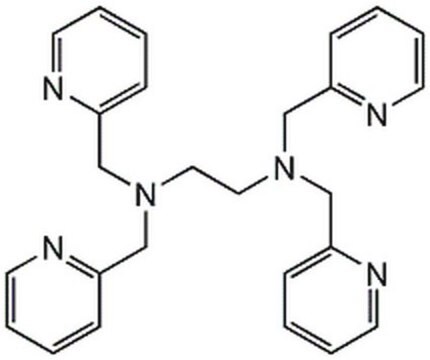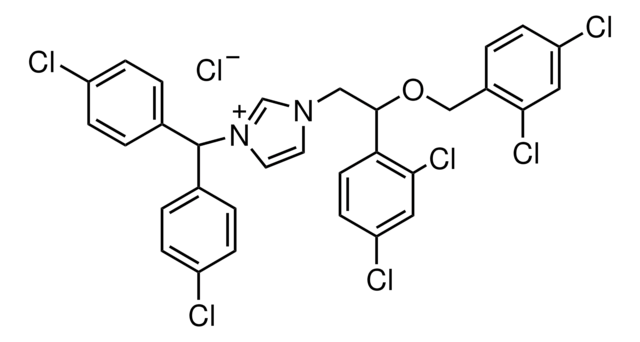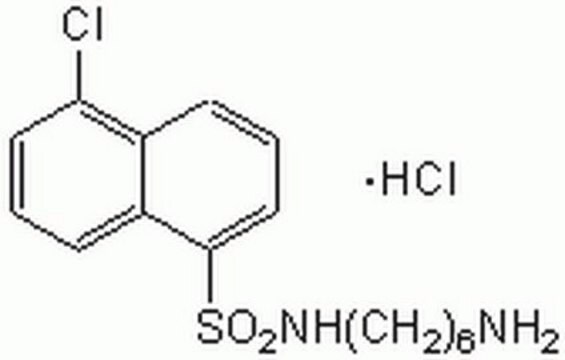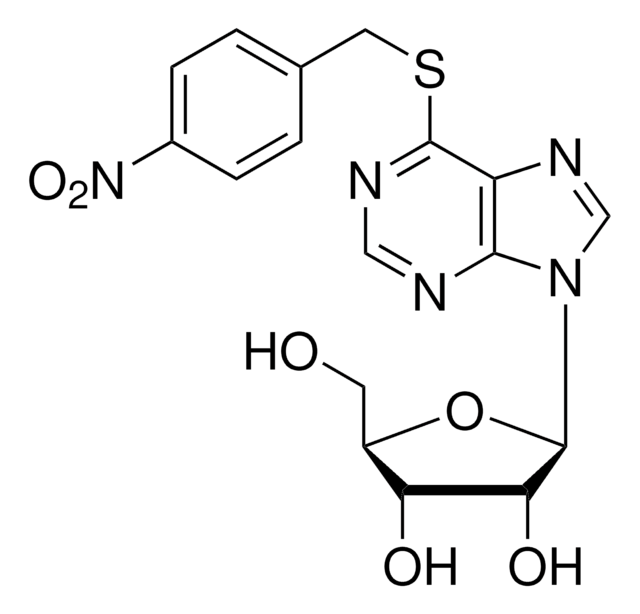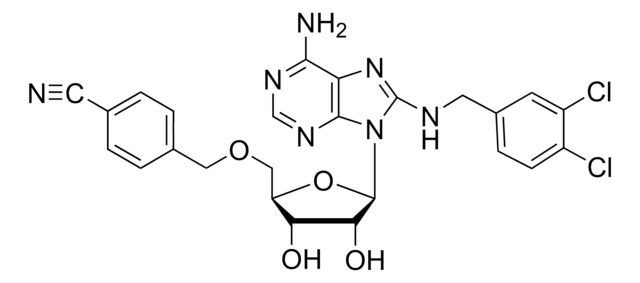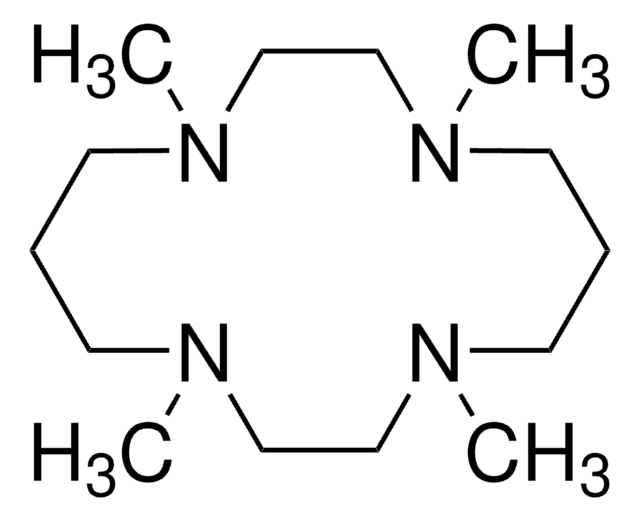P4413
N,N,N′,N′-Tetrakis(2-pyridylmethyl)ethylenediamine
≥98% (TLC), powder, membrane-permeable zinc chelator
Synonyme(s) :
TPEN
About This Item
Produits recommandés
product name
N,N,N′,N′-Tetrakis(2-pyridylmethyl)ethylenediamine,
Forme
powder
Chaîne SMILES
C(CN(Cc1ccccn1)Cc2ccccn2)N(Cc3ccccn3)Cc4ccccn4
InChI
1S/C26H28N6/c1-5-13-27-23(9-1)19-31(20-24-10-2-6-14-28-24)17-18-32(21-25-11-3-7-15-29-25)22-26-12-4-8-16-30-26/h1-16H,17-22H2
Clé InChI
CVRXLMUYFMERMJ-UHFFFAOYSA-N
Vous recherchez des produits similaires ? Visite Guide de comparaison des produits
Application
- in the treatment of human embryonic kidney (HEK293T) cells for assessing its effect on the Jembrana disease virus (JDV) viral infectivity factor (Vif) functionality
- in P19 embryonic carcinoma cells for chelation of zinc ions released during apoptosis
- to evaluate its effect on lentiviral Vpx infection on human monocytic THP-1 cells
Actions biochimiques/physiologiques
Caractéristiques et avantages
Code de la classe de stockage
11 - Combustible Solids
Classe de danger pour l'eau (WGK)
WGK 3
Point d'éclair (°F)
Not applicable
Point d'éclair (°C)
Not applicable
Équipement de protection individuelle
dust mask type N95 (US), Eyeshields, Gloves
Certificats d'analyse (COA)
Recherchez un Certificats d'analyse (COA) en saisissant le numéro de lot du produit. Les numéros de lot figurent sur l'étiquette du produit après les mots "Lot" ou "Batch".
Déjà en possession de ce produit ?
Retrouvez la documentation relative aux produits que vous avez récemment achetés dans la Bibliothèque de documents.
Les clients ont également consulté
Notre équipe de scientifiques dispose d'une expérience dans tous les secteurs de la recherche, notamment en sciences de la vie, science des matériaux, synthèse chimique, chromatographie, analyse et dans de nombreux autres domaines..
Contacter notre Service technique